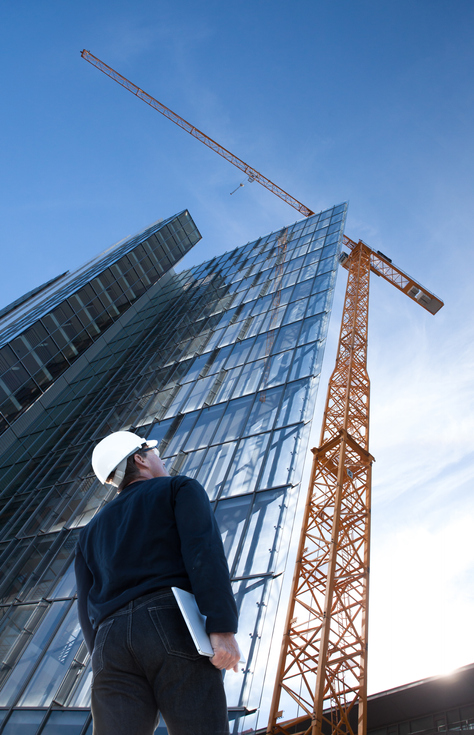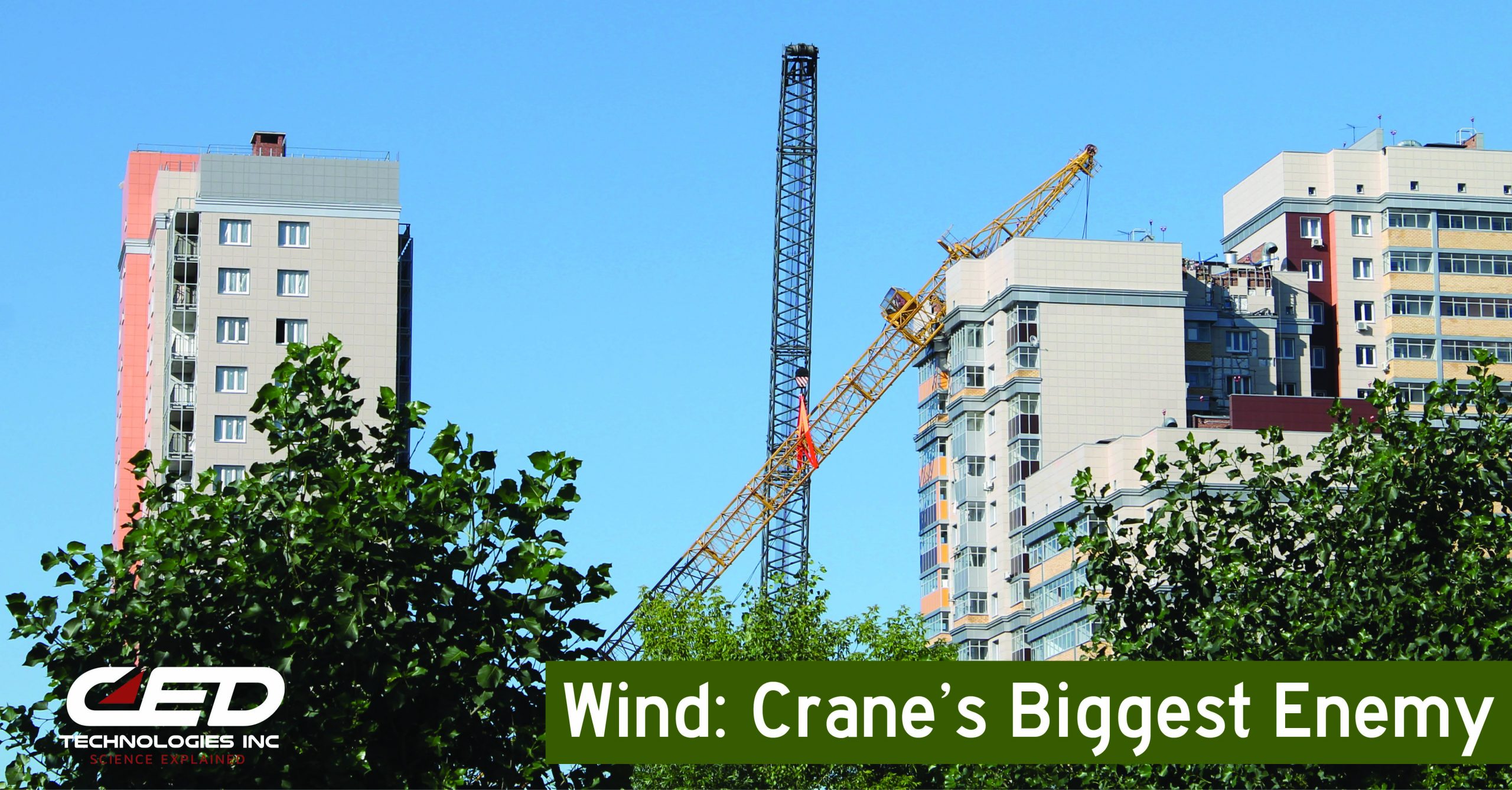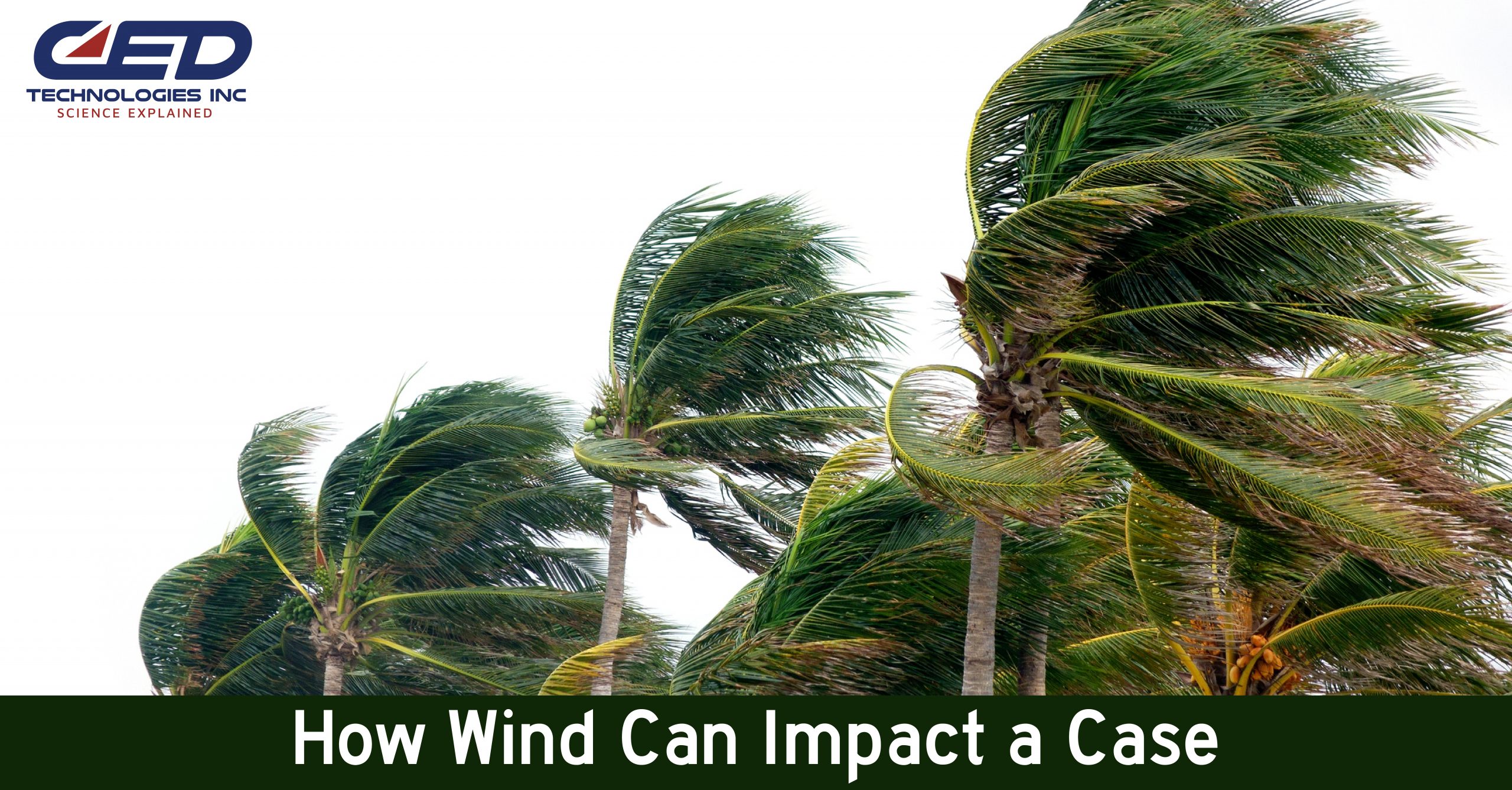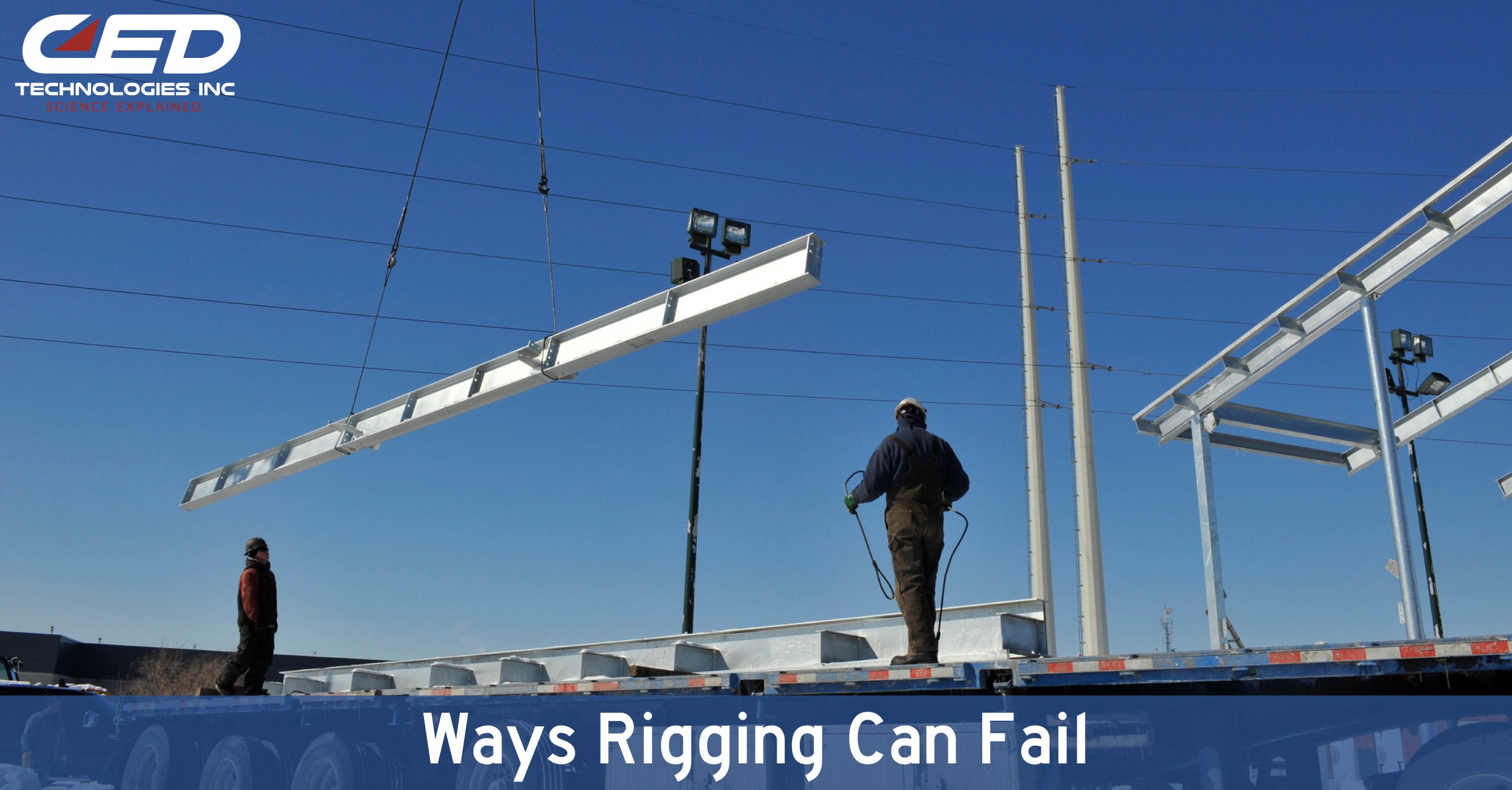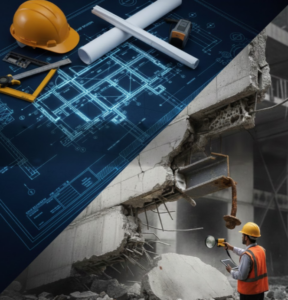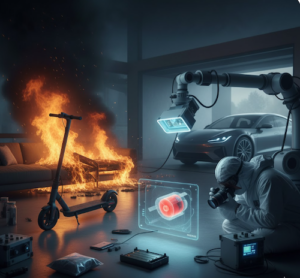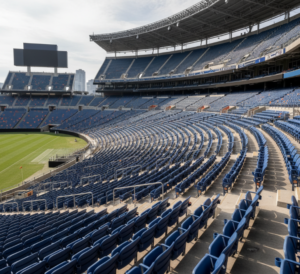Since the industrial revolution and the emergence of city skylines, cranes have been an everyday part of city life – and with them, the danger of potential collapse. On April 27, 2019, a tower crane in Seattle Washington did just that, killing two iron workers and two innocent victims who were on the street below in their vehicles. One of them was a freshman at Seattle Pacific University with an intended major in nursing.
So, what poses the greatest hazards for cranes and how can the public be informed? The first is weather. Wind, in particular, is a crane’s worst enemy. For instance, after 1983, OSHA passed a standard that rail-mounted cranes outside of a structure need to be outfitted with a wind speed alarm device. Along with the alarming device, each rail-mounted crane shall be outfitted with instructions for operators when the wind exceeds the manufacturer’s recommendations to stop operation. When wind velocity meets or exceeds the shutdown speed, work must stop, and cranes must be secured. Tower cranes must not be operated in winds that exceed the manufacturer’s recommendations. In the absence of a manufacturer’s recommendation, a qualified person must determine the maximum wind speed for tower crane operations. Failure to comply with these warnings is commonly the causation for accidents.
The second area of concern for crane accidents are operating procedures or failure to comply with proper loading. Whether the crane is portable or stationary – each crane has a “Loading Chart Capacity” which is determined by the boom length, radius, outrigger base, counterweight, lifting height and weight. Most crane manufacturers have alarm systems in the main cab of the crane that continuously monitor loading and will stop the crane when loading is close to capacity. CED has performed several crane accident investigations where these alarms have been disabled or turned off, which then permitted using a crane to carry excessive weight and potentially tip over or collapse.
Lastly, crane accidents can happen during assembly and disassembly. To protect the public and other buildings, most municipalities have codes or permits that restrict where a crane can be erected and operated. Once the crane user receives a permit to erect the crane, the crane is to be inspected during various intervals of the erecting and dismantling process to ensure that the crane is erected properly, or safe for dismantling at the end of the construction project. Inspections are crucial as an improperly erected crane can fail to set off alarms warning operators of impending danger due to excessive load weight or high winds – or both.
Cranes are a necessity for expanding and developing the world’s skylines — moving equipment and building supplies. When erected, inspected and maintained properly, cranes can be perfectly safe for the public. But operator error is most commonly to blame when disaster strikes. When any facet of basic safety regulations and functions is bypassed, cranes can become dangerous and can cause harm and injury to the surrounding area and people.Click Here To See Our Full List of Experts Click Here To Submit an Inquiry about a possible Claim or Case.
